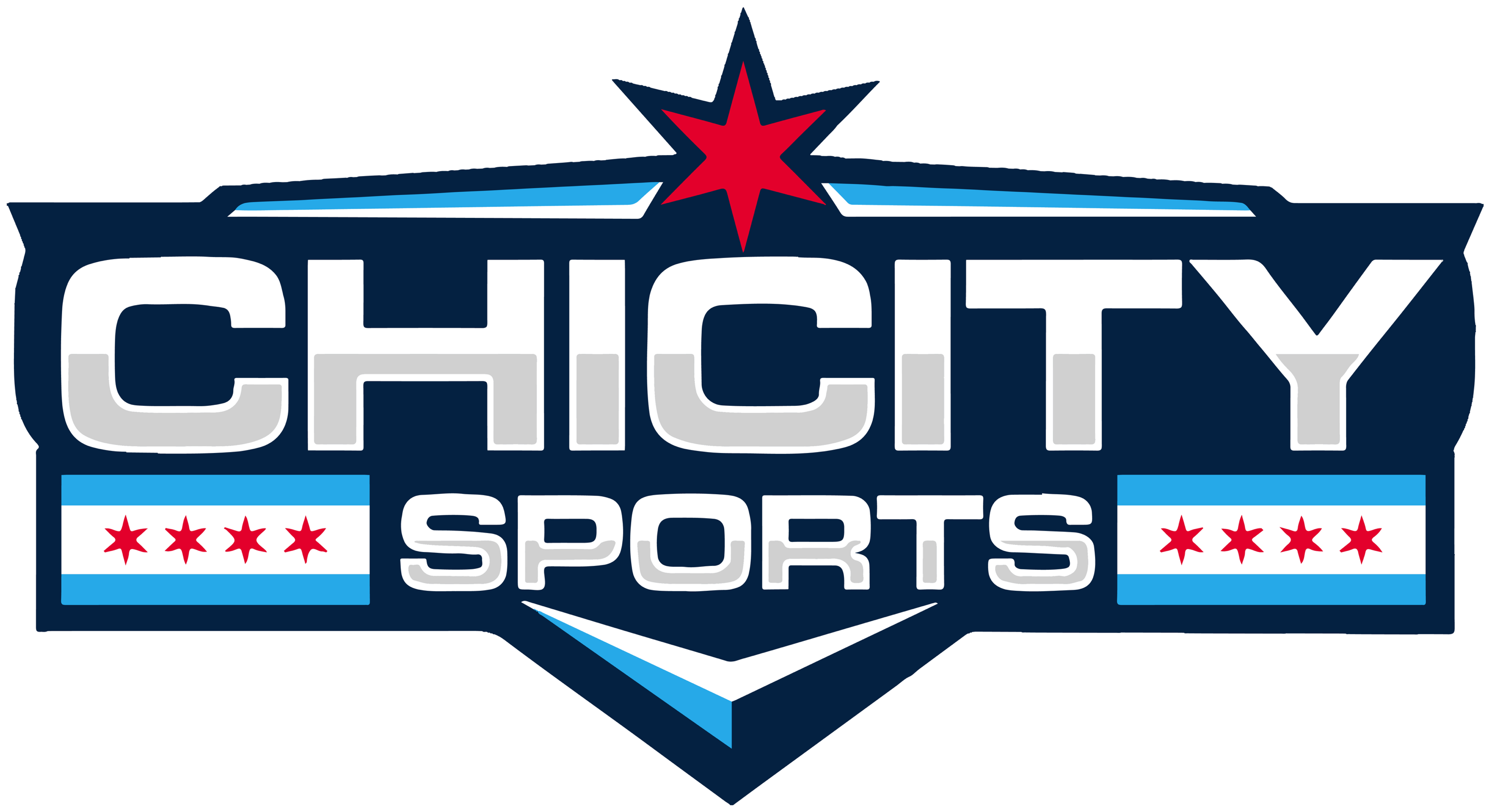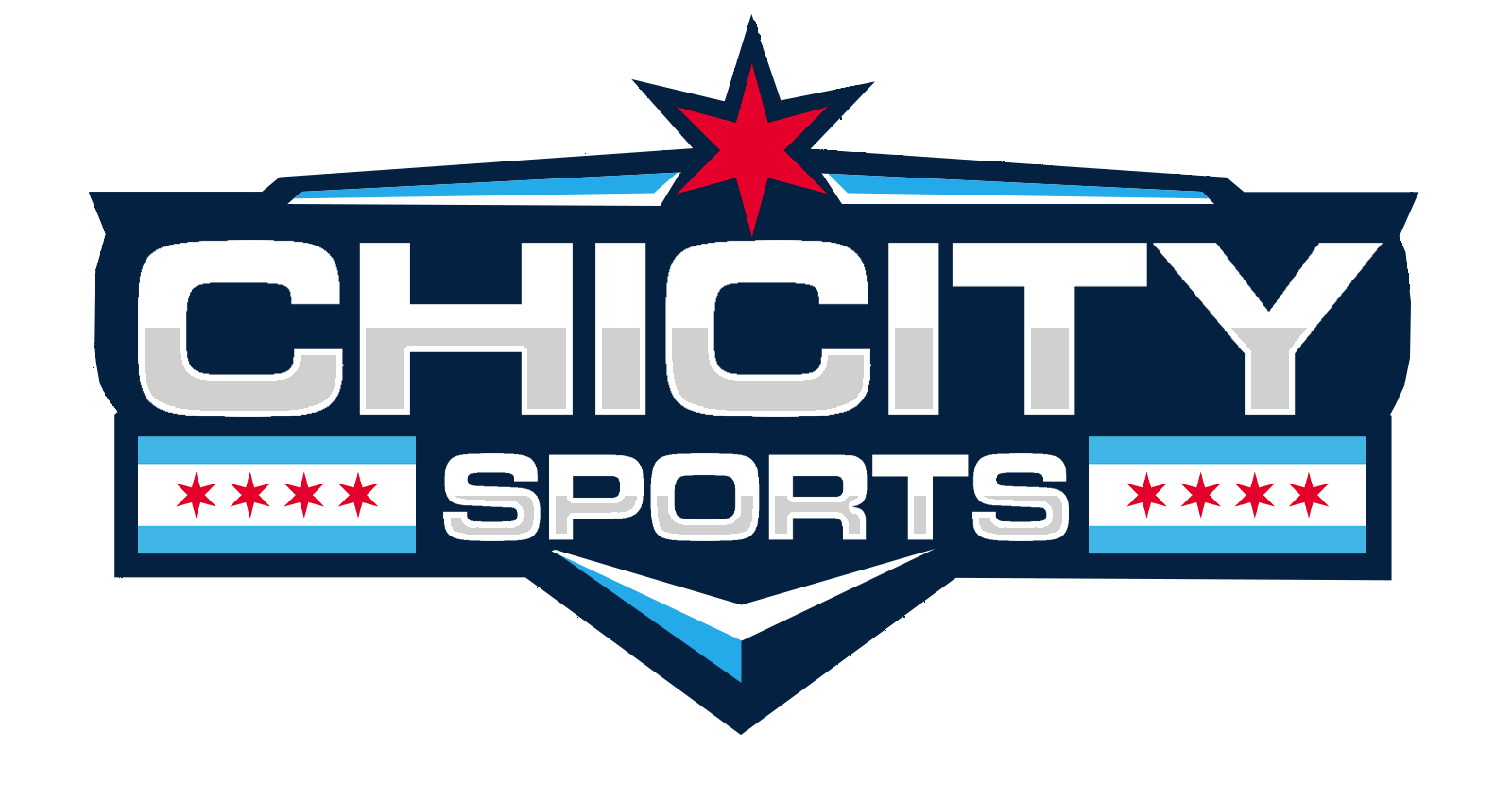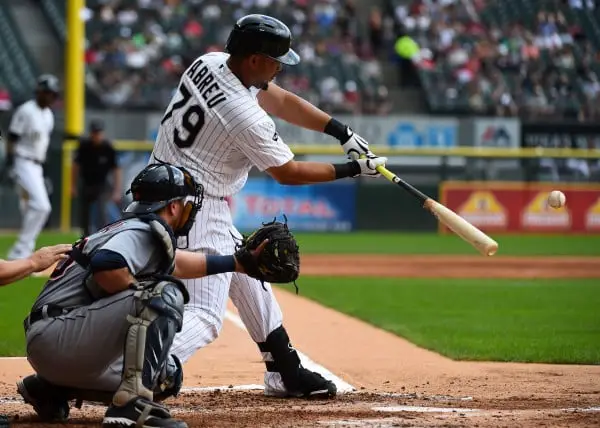Despite the White Sox offense “exploding” for seven runs against the Blue Jays on Monday, the Sox offense has more or less been along for the ride through the first three weeks of the season while the pitching staff carries the team.
The Sox have gotten just enough timely hitting to support the pitching, which has been nothing short of spectacular through 20 games.
After the Rays series I looked at the offense and noted their struggles and need to improve. Since that series, the Sox are 6-2, but are still averaging just 3.625 runs per game over that stretch. The good news is that they have scored at least four runs in four straight games, all wins. Several of the bigger names on the team are struggling right now, so let’s take a look at some of those players and see if we can figure out what is going on.
Jose Abreu
We will start with Jose Abreu, who is hitting .176 with a .267 on-base percentage and slugging .324. There are a couple numbers that jump out at you with Abreu so far, the first of which is batting average on balls in play (BABIP). In his first two seasons with the Sox, Abreu had a BABIP of .356 and .333 respectively. This year he is sitting at a .192 BABIP. That is somewhere around one-hundred-and-fifty points lower than his career number.
This tells us that, to a certain extent, Abreu has been unlucky. But when we look at his batted ball numbers, we also see that his line drive percentage is at 14.5% this year, down from 20.7% last year and 23.3% in his rookie season. His ground ball percentage remains about the same but his fly ball rate is at 40% this year, up from about 31-32% the previous two seasons.
So it appears that Abreu is popping up more pitches in the air rather than squaring them up for line drives through the first 20 games of 2016 than he did his first two seasons. This is further evidenced by the percentage of hard hit balls by Abreu, which is at 25.5% in 2016, down about 10 points from his average the previous two seasons. And most of that drop-off in hard hit balls is showing up in the soft hit percentage, which is up from 17% to 23.6% this year. So basically, Abreu is hitting less hard line drives and more soft fly balls so far this season, which certainly factors into the lower BABIP.
The other number to look at is the strikeout rate. Abreu is striking out 24.4% of the time this year, which is a little over three points higher than his first two seasons, which were both around 21 percent. His walk rate is actually up from last year, closer to his rookie season rate at about eight percent.
Abreu has probably been a little bit unlucky, but has mostly just not been squaring the ball up well, resulting in less hard hit balls and line drives, and more soft pop ups. He’s also been striking out a little more, despite the fact that he has not been swinging at more pitches than in the past and his contact numbers are mostly the same. He has made less contact on pitches outside the zone this year, which is probably the biggest reason for the somewhat elevated strikeout percentage.
It’s a small sample size so far, but something to keep an eye on. For the most part though, I expect Abreu to start squaring up the ball more often. He’s proven to be too good a hitter through two years to keep struggling like this.
Todd Fraizer
On to the Sox big off-season addition Todd Frazier, who is currently batting .224 with a .294 on-base percentage and slugging .461. Frazier leads the Sox with five home runs and 12 RBI, and is second on the team with eight walks. He came into this season with a career slash line of .257/.321/.463. So his average and OPB are down but his slugging is right on with his career marks.
Frazier is also fighting the BABIP monster this year. He’s currently at .218 BABIP, well below his career average of .286 and even well below his career worst full season BABIP of .271 that he had last year.
So let’s look at the batted ball numbers. His line drive percentage is at an even 20% this year, right in line with his career marks. His ground ball rate is at 30%, down from his career average of 37.7% and also lower than last year’s 33.1 percent. His fly ball rate is an even 50%, up from his career average of 42%, and up from last year’s career high of 47.7 percent. So, same amount of line drives, a little less grounders and a little more fly balls.
Once again though, when we look at how hard he’s hitting the ball, we get some answers. His hard hit percentage is at 26.7% in 2016, down almost 10 points from last year (37.3%) and also down from his career number of 33.4 percent. And, like Abreu, most of that drop-off is ending up in the soft hit column. Frazier is at 23.3% soft hit balls this year, up from 18.4% last year and 17.2% for his career. His medium hit percentage is at 50% this year, right in line with his career mark of 49.4% but up a little from last year’s 44.3 percent.
So Frazier, like Abreu, isn’t hitting as many hard balls, although he is hitting the same amount of line drives as his normally does, so he should be seeing a little better BABIP luck than he is.
If you’re wondering about his strikeout rate, he’s at 20% right now and his career average is 21%, so nothing really out of the ordinary there. In fact he’s actually swinging at fewer pitches outside the strike zone than previously in his career. He’s also almost two points above his career walk rate so far this year.
Frazier should be able to improve his batting average with a little more luck, but what you are seeing is probably pretty close to what you will get from him. Some of those fly balls he’s hitting will turn into more home runs when the weather warms up and the ball starts carrying better at US Cellular Field as well.
Austin Jackson
Another member of the sub-Mendoza line club in the Sox lineup is Austin Jackson. This is an interesting one because Jackson has had some big hits this year, but his numbers look just awful. He’s slashing .183/.234/.233 this year, with a career line of .273/.333/.399 coming into this season. So, yeah, he’s struggling.
Let’s look at BABIP then! This year he is at .216, which is down 133(!) points from his career number of .349 BABIP. Jackson has never had a season BABIP lower than .325, which would still be a massive improvement over his current plight.
So we go to the batted ball numbers for answers. Line drive percentage is down. Jackson is at 14% line drives this year compared with 23.6% for his career. And most of those have turned into fly balls, where his rate is at 40% this year, up from 31.2% for his career. BUT, Jackson is hitting more balls hard this year, 37.7%, up from 29.8% for his career. Now most of that seems to be coming from his medium hit ball rate, which is down almost 13% from his career number, while his soft hit rate is up about five percent. Still, Jackson is hitting the ball hard, but really not getting rewarded for it.
His strikeout rate is down as well at 13.6%, which is almost 10 points below his career average.
So bottom line on Jackson is that if he keeps doing what he is doing, he is going to start getting rewarded. Balls will start finding holes and he will see that average increase. The numbers tell us this has to happen at some point.
So to recap, some of the Sox hitters that are struggling have had some bad luck like Jackson and, to an extent, Frazier. Abreu’s issues are part bad luck and part just bad contact. At some point, you expect these guys to start trending back towards their career rates, and when they do, the Sox offense should get a huge boost.
For More Great Chicago Sports Content
Get the latest Chicago sports news, analysis, and breaking stories on the Bears, Bulls, Blackhawks, Cubs, White Sox, Sky, and more! Tap the star to add us to your favorites on Google News, so you never miss a story on your favorite Chicago teams.
Follow us on Twitter at @chicitysports23 for more great content. We appreciate you taking time to read our articles. To interact more with our community and keep up to date on the latest in Chicago sports news, JOIN OUR FREE FACEBOOK GROUP by CLICKING HERE




